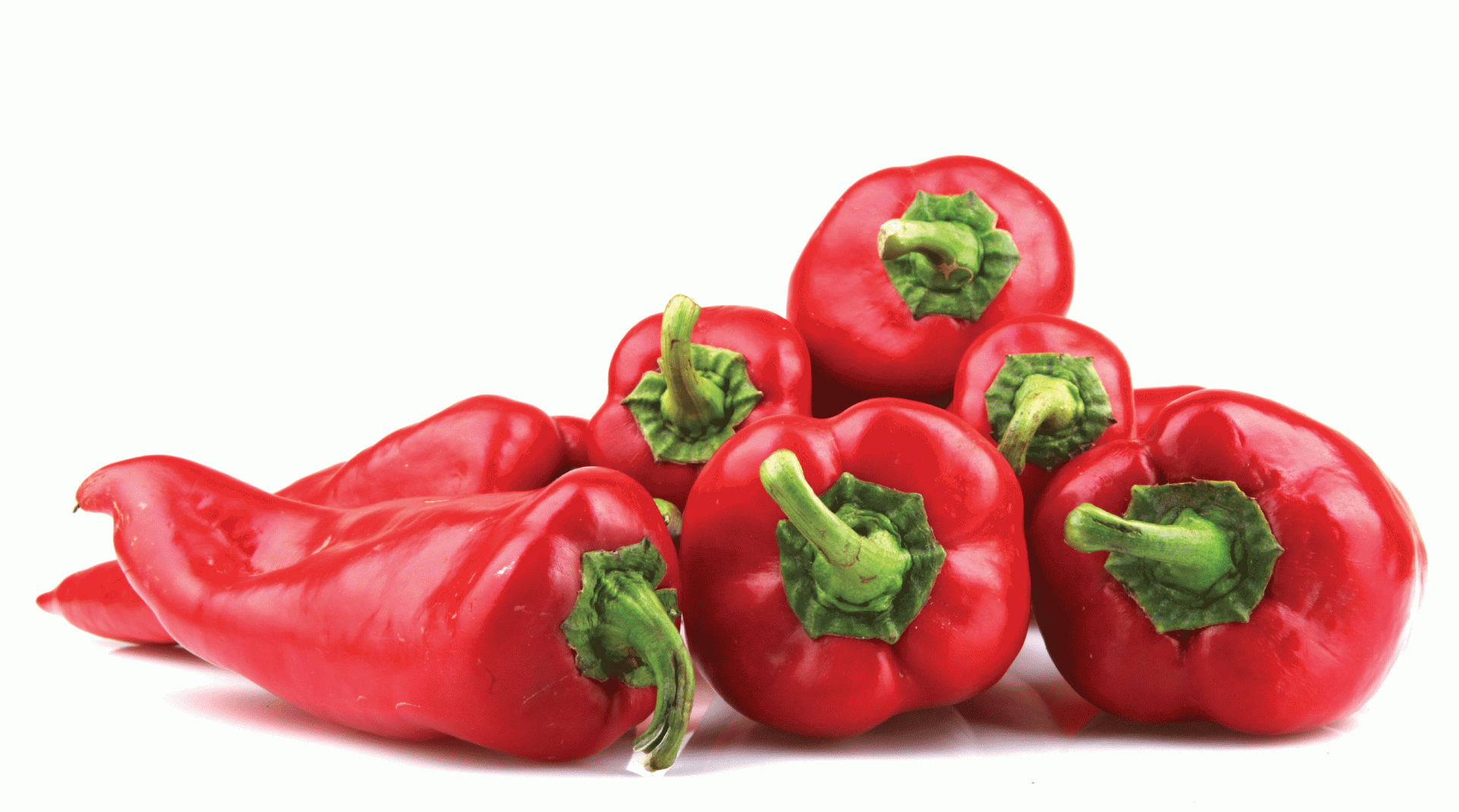Spicy’s Comeback
Consumers are down with spicy flavors again. They have so many options, too.

As far as we know, spiciness has been around since ancient time. The heat generated from this flavor sensation kept cultures warm through the centuries. But, somewhere along the way, it became uncommon and even unusual to find spicy profiles in mainstream modern health products, like nutrition bars and ready-to-drink beverages. Sweet just took over-didn’t it? Well, that’s all quickly changing.
In a piggybacking of the restaurant and bar trend, where spicy is already back in vogue, finished health food products are suddenly getting heat, too. Pungent, fiery, burning ingredients are creeping onto ingredient lists, and consumers are responding positively. Market research firm Technomic, which is following the trend quite closely, says that 54% of consumers it polled last year found hot and spicy foods appealing, and 40% of consumers preferred to order foods with bold and spicy flavors rather than mild flavors.
Ethnically diverse populations are a big part of what’s making the spicy movement possible, but other factors are surely in play. Whatever the reason for spicy’s comeback, just be happy that spicy’s finally back home.
Ginger
A root, surprisingly, is at the front of the modern spice trend. From beverages and bars to candies, ginger’s mild heat offers just enough spice to make things interesting, and yet this tuber is missing one obvious characteristic that other spices almost always have: bold color.
Anne Vlahos, spokesperson for Vegetable Juices Inc. (Bedford Park, IL), says ginger’s abundance of flavor yet lack of intense color are precisely what make this ingredient so popular with customers.
Ginger isn’t just one flavor, though. Opening up options for this tasty root, flavor specialists like Döehler GmBH (Darmstad, Germany) are creating wide portfolios of ginger extracts and flavors wherein each flavor imparts its own “exotic nuances,” such as fresh, citrusy notes or earthy and woody ones.
As a spice, ginger is received warmly, thanks to its familiar taste and the sampling of studies available that connect ginger consumption to human health. This root’s spiciness can be characterized as a slow and
ongoing heat.
Peppers
The pepper family makes heat a fun science, because each pepper provides its own type of heat. Between jalapeno, ancho, habanero, and all the others, there’s a pepper and corresponding heat experience out there for everyone. Kalsec (Kalamazoo, MI) proves it has this concept down to a science, with its latest Heat Management line of ingredients.
“A black pepper will give you a throat burn, and a capsicum will give you increased heat intensity, immediately.” says Gary Augustine, director of market development at Kalsec. “If you’re looking for something more subtle, then you can use a pepper that doesn’t come on as strong but maybe gives you some mild back notes. Maybe an ancho pepper.”
Controlling the location and intensity of spiciness is a fun conquest, but it can also be a dangerous one. There’s the risk of too much heat. Ingredients like jalapeno pepper juice concentrate are made for these moments.
“We like formulating with this ingredient because it tends to give heat up front, but then it dissipates,” says Vlahos. “That’s a real benefit in beverages, for instance, because when you’re drinking a beverage, you have to think about whether or not you can gulp through the whole bottle. And if it has heat that’s going to be building on you, that may be a bit of a challenge.”
Spicy, Yet Sweet
Hot ingredients aren’t just useful on their own. When combined with floral, herbal, and even fruity notes, the result can be quite appealing. Kalsec has the heat-and-sweet trend down. It’s already marketing spicy, yet sweet, flavor combinations, including cardamom citrus, citrus spice, and smooth lime heat.
“Ultimately, the bottom line is that consumers are looking for a depth to their heat experience,” says Augustine. “It’s not just about heat anymore. It’s about flavor.”
Vegetables
The return of spicy isn’t just good for its own sake, either. With spicy ingredients even come opportunities for vegetables to round out the flavor profiles in certain situations. And most diets are dying for a reason to bring in more of these healthy plants. Trending vegetable and herbal ingredients include parsley, cilantro, and even lemon grass, which does have a little heat of its own. For manufacturers trying to avoid vegetable flavors, however, ingredients like lettuce and cucumber juice impart ample nutrition and few calories-with very little flavor. Spice is here; now, do what you want with it.
Robby Gardner
Associate Editor
Nutritional Outlook magazine
robby.gardner@ubm.com
Photo by ©iStockphoto.com/Nenov

Prinova acquires Aplinova to further increase its footprint in Latin America
April 7th 2025Prinova has recently announced the acquisition of Brazilian ingredients distributor Aplinova, which is a provider of specialty ingredients for a range of market segments that include food, beverage, supplements, and personal care.
HHS announces restructuring plans to consolidate divisions and downsize workforce
Published: March 27th 2025 | Updated: March 27th 2025According to the announcement, the restructuring will save taxpayers $1.8 billion per year by reducing the workforce by 10,000 full-time employees and consolidating the department’s 28 divisions into 15 new divisions.
HHS announces efforts to eliminate independent conclusion of GRAS
Published: March 11th 2025 | Updated: March 11th 2025U.S. Department of Health and Human Services (HHS) Secretary, Robert F. Kennedy Jr., is directing the acting U.S. Food and Drug Administration’s (FDA) acting commissioner to explore rulemaking that would eliminate the independent conclusion of GRAS provision.














